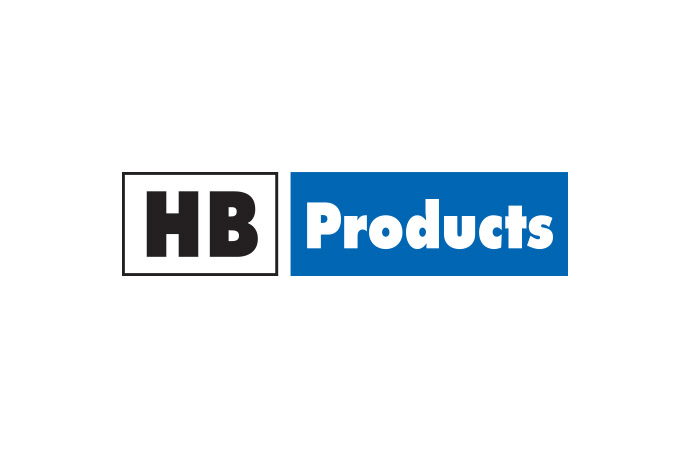The International Institute of Refrigeration (IIR) has just published the 3rd edition of the ammonia handbook including updates on latest trends in ammonia refrigeration and developments in technology, applications and policy.

With climate policies becoming more ambitious and emission and energy efficiency regulations becoming ever more stringent, ammonia gains further ground in refrigeration solutions. Holdbacks are however still insufficient knowledge about ammonia as a refrigerant, excessively restrictive legislation and a lack of trained personnel. Hence the importance of a comprehensive guide on ammonia to serve as source of information for policy and industry.
Under the lead of Dr. A.B. Pearson, renowned expert in the field of natural refrigeration, the IIR's handbook on ammonia as a refrigerant has been completely updated to take into account the latest trends in ammonia refrigeration, cost-effective solutions and regulatory updates.
The main topics covered are:
Thermophysical properties of ammonia: The chapter explains the criteria of choosing a suitable refrigerant; the main properties of ammonia and their impact on the use of ammonia as a refrigerant; ammonia's behaviour in a reference cycle; and practical considerations such as cost, leak detection, behaviour with oil etc.
Exposure to ammonia, safety precautions: The chapter explains the importance of precautions before elaborating on leaks and fire risks, effects on foodstuffs, health hazards and medial aspects of exposure. It also involves explanations on high pressure safety valves and safety equipment.
Design of ammonia installations: The general plant layout, material and design, plant structure and temperature levels as well as indirect cooling systems in ammonia systems are explained.
Ammonia applications: Cold stores, ice rinks, supermarkets are presented as the major applications for ammonia refrigeration. The chapter also provides information on CO2 and NH3 cascade systems, ammonia air-conditioning systems and heat pumps.
Future prospects: A short look at what kind of technical, commercial and political factors will influence the development of ammonia refrigeration in the next few years. In some cases these factors will combine to make the adoption of ammonia even more likely and in others there will be, to a certain extent, contradictions that inhibit the designer’s freedom of choice.
Standards and regulations: Short overview of existing national standards and regulations relating to refrigerating plants using ammonia in Europe, the United States, Australia/New Zealand, Japan, China and the Russian Federation.
The properties of ammonia in different usages and applications are explained in comparison to the performance of HFCs or in some cases CFCs and HCFCs, as they still serve for many professionals as mental benchmarks. This comparison allows to demonstrate the efficiency and use advantages of ammonia in a comprehensible and user-friendly way.
The handbook aims to present decision makers in industry and policy, designers, fitters, installers and endusers with a comprehensive overview of the potential of ammonia as refrigeration solution. In this way, it promotes the demand for plant and equipment designs that utilise the economic benefits of ammonia while safeguarding operating personnel, refrigerated products and the environment.
The handbook can be purchased at the IIR's website and costs €39.
Under the lead of Dr. A.B. Pearson, renowned expert in the field of natural refrigeration, the IIR's handbook on ammonia as a refrigerant has been completely updated to take into account the latest trends in ammonia refrigeration, cost-effective solutions and regulatory updates.
The main topics covered are:
Thermophysical properties of ammonia: The chapter explains the criteria of choosing a suitable refrigerant; the main properties of ammonia and their impact on the use of ammonia as a refrigerant; ammonia's behaviour in a reference cycle; and practical considerations such as cost, leak detection, behaviour with oil etc.
Exposure to ammonia, safety precautions: The chapter explains the importance of precautions before elaborating on leaks and fire risks, effects on foodstuffs, health hazards and medial aspects of exposure. It also involves explanations on high pressure safety valves and safety equipment.
Design of ammonia installations: The general plant layout, material and design, plant structure and temperature levels as well as indirect cooling systems in ammonia systems are explained.
Ammonia applications: Cold stores, ice rinks, supermarkets are presented as the major applications for ammonia refrigeration. The chapter also provides information on CO2 and NH3 cascade systems, ammonia air-conditioning systems and heat pumps.
Future prospects: A short look at what kind of technical, commercial and political factors will influence the development of ammonia refrigeration in the next few years. In some cases these factors will combine to make the adoption of ammonia even more likely and in others there will be, to a certain extent, contradictions that inhibit the designer’s freedom of choice.
Standards and regulations: Short overview of existing national standards and regulations relating to refrigerating plants using ammonia in Europe, the United States, Australia/New Zealand, Japan, China and the Russian Federation.
The properties of ammonia in different usages and applications are explained in comparison to the performance of HFCs or in some cases CFCs and HCFCs, as they still serve for many professionals as mental benchmarks. This comparison allows to demonstrate the efficiency and use advantages of ammonia in a comprehensible and user-friendly way.
The handbook aims to present decision makers in industry and policy, designers, fitters, installers and endusers with a comprehensive overview of the potential of ammonia as refrigeration solution. In this way, it promotes the demand for plant and equipment designs that utilise the economic benefits of ammonia while safeguarding operating personnel, refrigerated products and the environment.
The handbook can be purchased at the IIR's website and costs €39.
MORE INFORMATION
Related stories




















